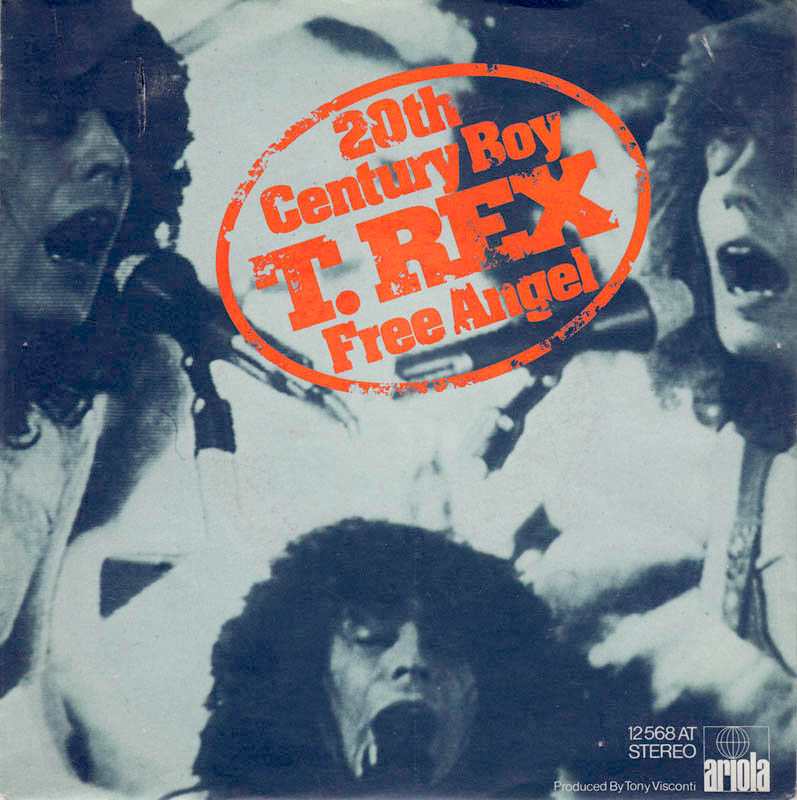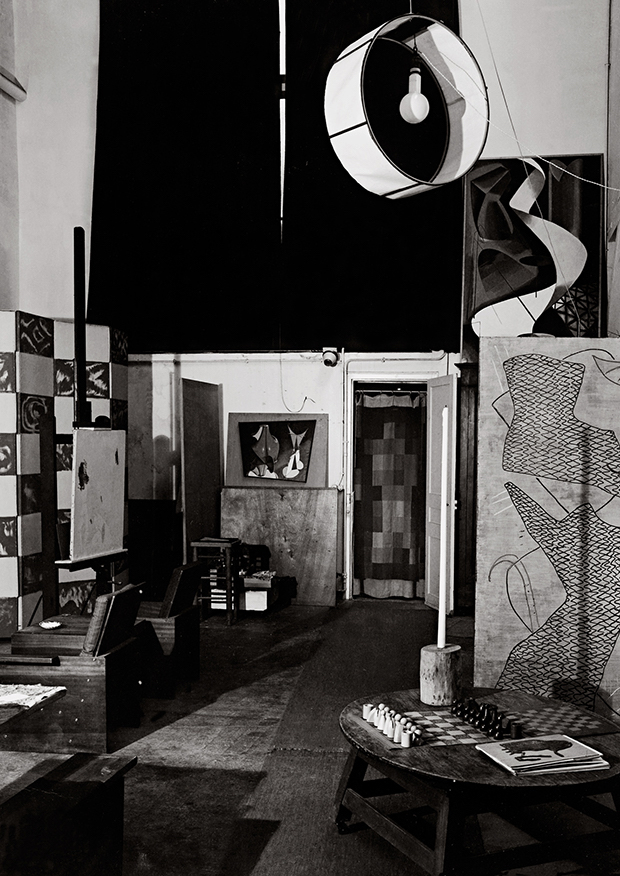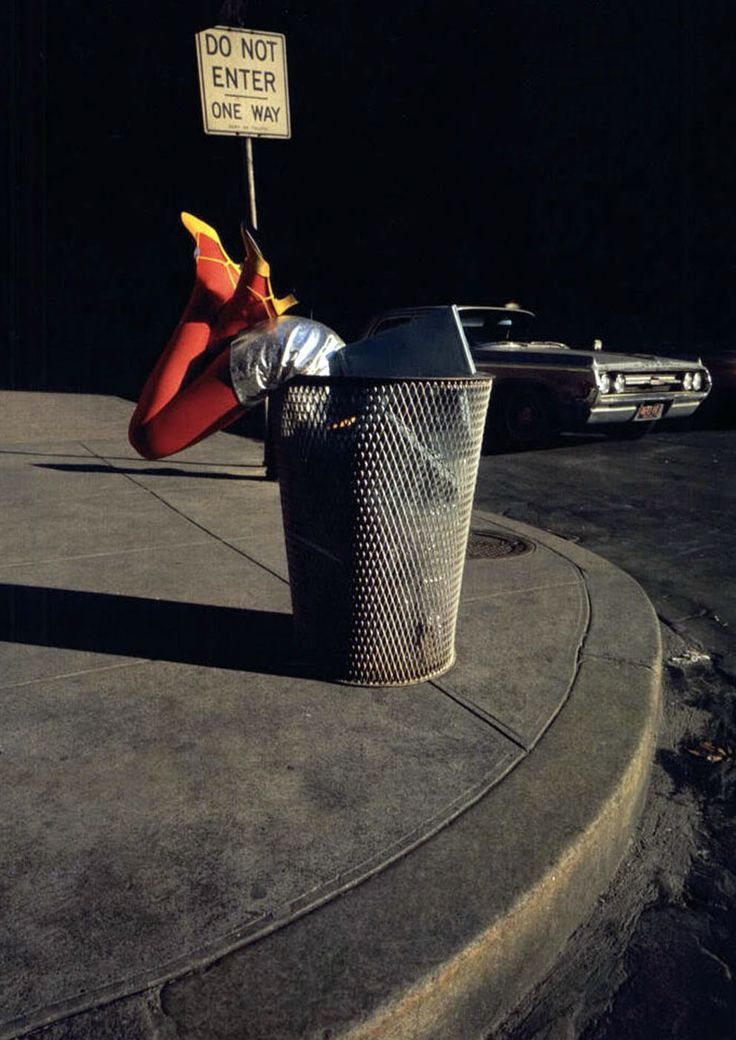
An ad in the 1930 DeMoulin Bros. & Co. catalog for a product called “Drinking the Goat’s Blood.”
Founded by three brothers in 1892, DeMoulin Bros. & Co. put out their final “side degree” (a term used to define other Masonic bodies or orders) catalog in 1930. The catalog offers a wide variety of sophisticated devices used to haze incoming Masonic candidates before the practice of hazing new initiations was banned some time in the 1930s. According to people familiar with Masonic history, there was a large influx of membership to the Masons following WWI. This influx drove an increase in the popularity of hazing, thus making the business of selling hazing contraptions quite profitable until the arrival of the Great Depression.
Among the hazing accessories sold by DeMoulin Bros. & Co were a trick guillotine and something called “Drinking the Goat’s Blood.” According to well-informed Masons, “Drinking the Goat’s Blood” is culled from the expression “Kiss the Goat,” and the established Masonic acronym, GAOTU, or “Grand Architect of the Universe.” The gag-me gag is basically an amped-up version of the game we all played as kids, daring someone to drink an undisclosed glass full of something, all of it gross, or never live down the fact you wimped out. In the case of DeMoulin Bros. & Co.‘s “Drinking the Goat’s Blood,” they suggest the bucket be filled with all kinds of detritus like old shoes, rags, leaves, sticks, cigar butts, already-chewed tobacco, and presumably anything else that would churn the candidate’s gut. The cost of this tricked out bucket to mindfuck prospective members? A mere $12.50. But don’t trust my endorsement (because it had me at “drinking the goat’s blood”), here’s an actual testimonial about DeMoulin Bros. & Co.‘s blood bucket from Thos. Goughler, of the Amurath Siesta Princes of Bagdad “77” (a side order of the Knights of Malta) operating in Pittsburgh, Pennsylvania:
“The paraphernalia that we have received has been very satisfactory in all ways and has proved very successful to this organization. We always look forward to putting it in action, and we have also increased our membership with the articles that we have received from your Company.”
In addition to their proto-Jackass props, DeMoulin also outfitted churches with everything from pews to pulpits; circuses with circus equipment, and so much more, including high school marching band uniforms—and they are still in operation today. Just don’t try to place an order for DeMoulin’s 100-pound guillotine—nicely priced in 1930 at $37.00—which came with the option to add a “cloth spattered with blood” and/or decapitated head (realistic or paper mache) for a few bucks more.
Now DeMoulin Bros. & Co. outfits marching bands and color guards—BOO! If you happen to be in Illinois, you can see some of DeMoulin’s creations up close at the DeMoulin Museum. There is also a book, The Extraordinary Catalog of Peculiar Inventions: The Curious World of the DeMoulin Brothers and Their Fraternal Lodge Prank Machines which has cataloged the vast history of DeMoulin’s existence. Getting back to 1930, let’s take a look at some of the equipment from DeMoulin Bros. & Co. that made hazing FUN. Because nothing says fun like five different kinds of mechanical goats or the 1930’s version of “The Human Centipede.”

DeMoulin’s Devil, now fully electrified for your displeasure.

DeMoulin’s electrified human-sized bird cages.

DeMoulin’s Charleston Girls were life-size rag dolls that came in a range of sizes from “thin” to “fat.” A member from a lodge in Kansas noted in his testimonial (above) “we certainly have had a good time with them and all the members are anxious to use them.” Another lodge in Florida stated their membership had increased 200% since the arrival of the Charleston Girls.
Much more mechanical mayhem from DeMoulin Bros. & Co. after the jump…







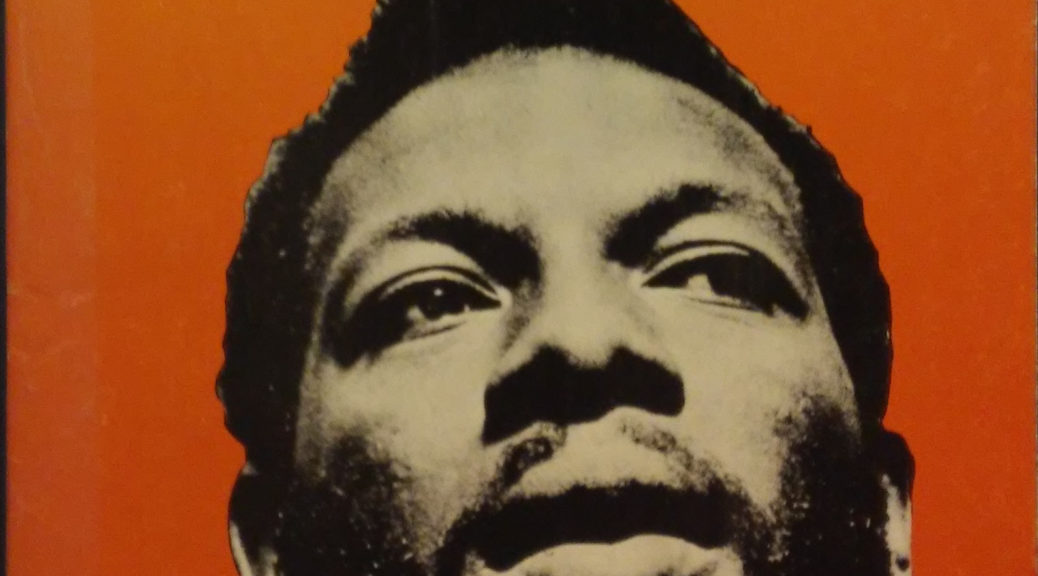
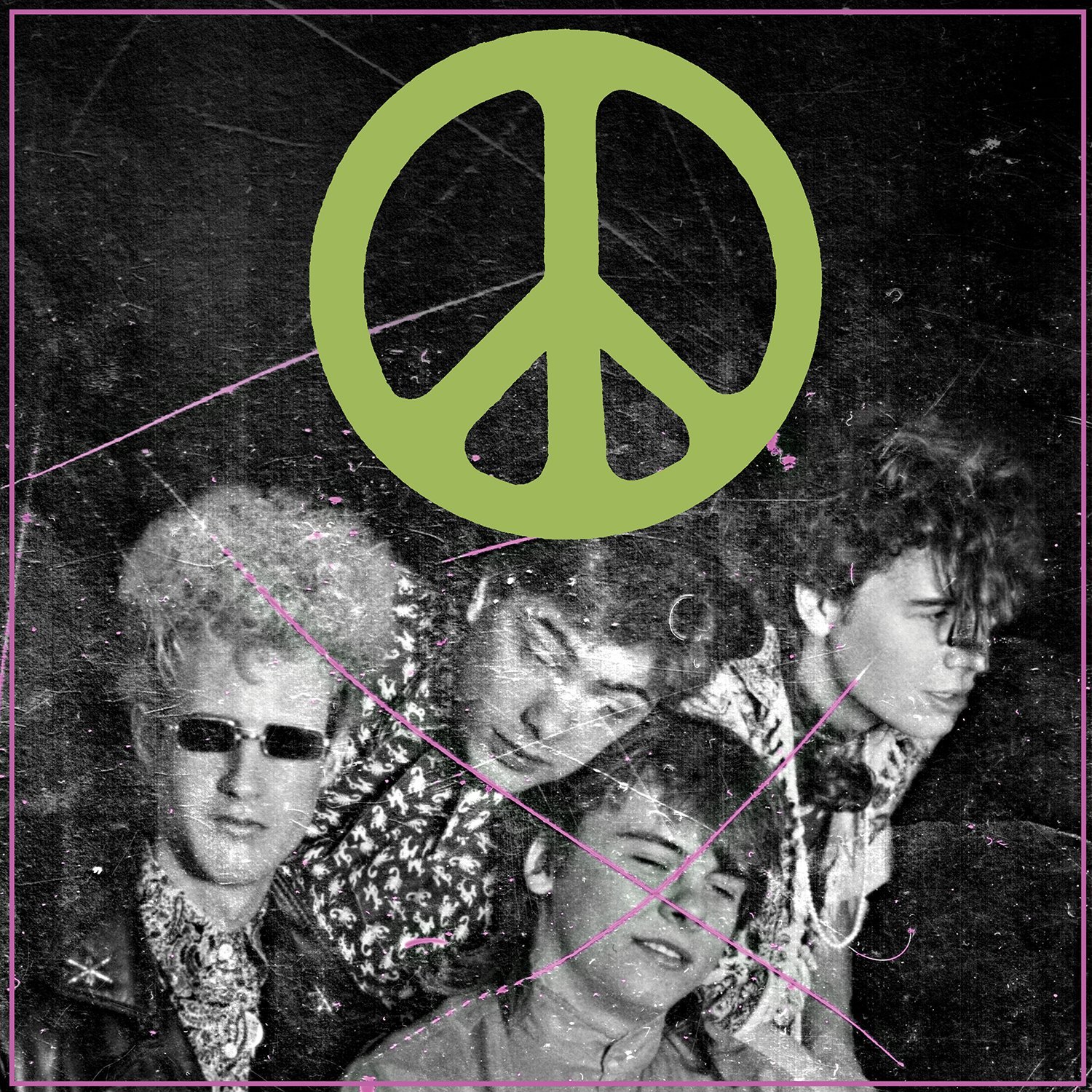
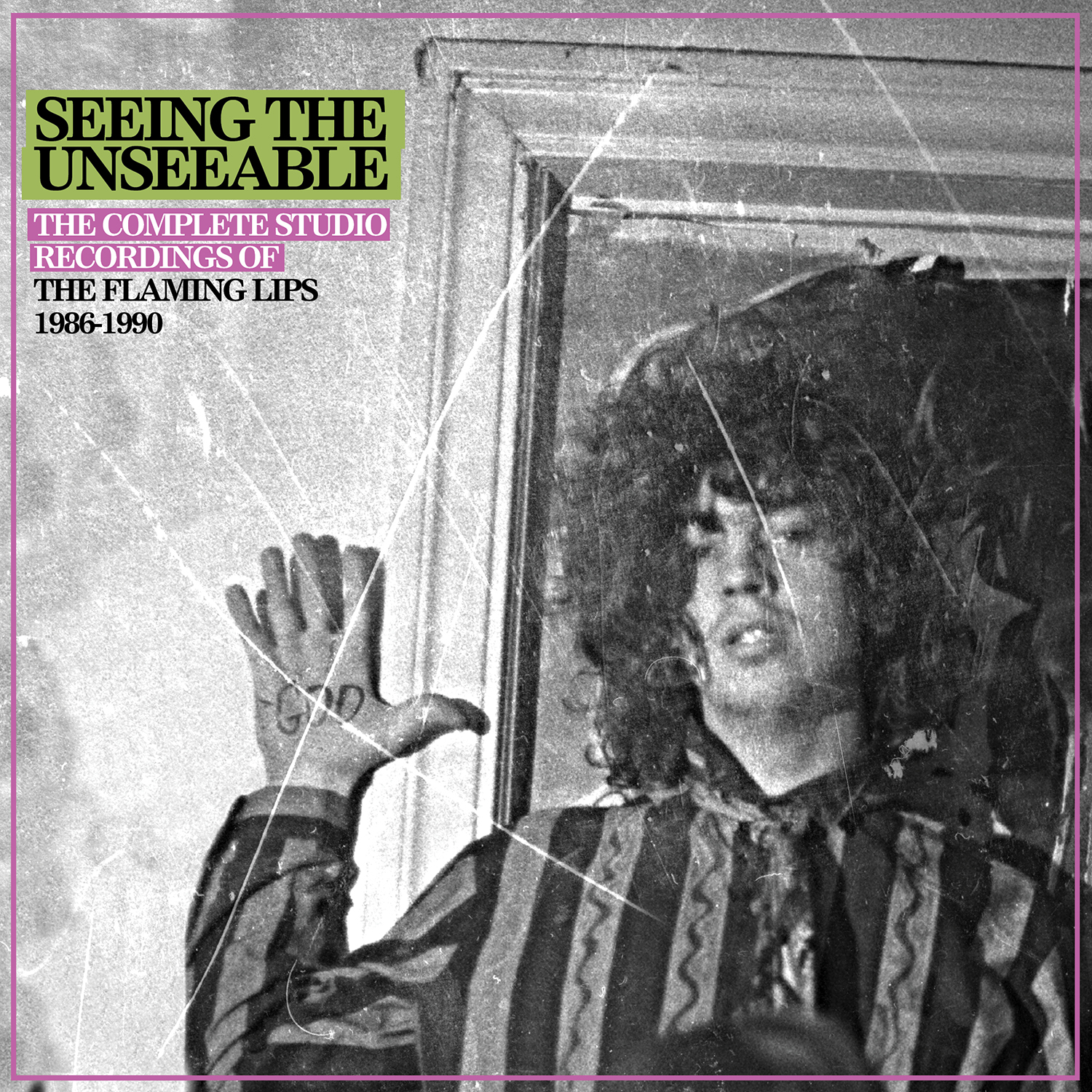

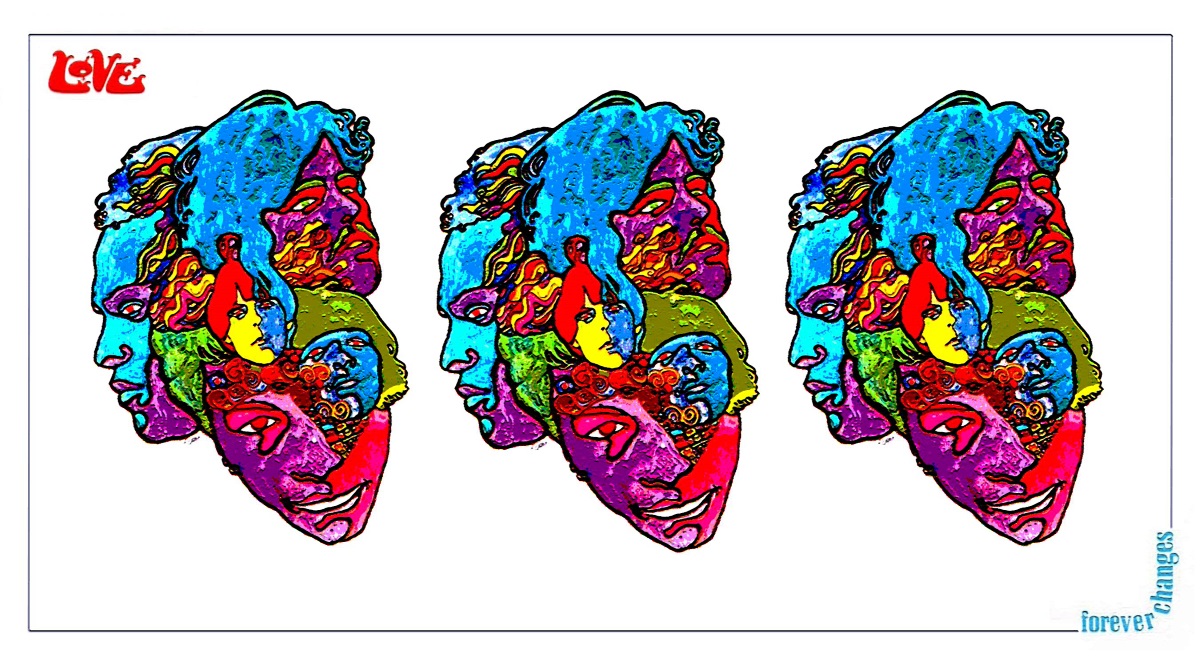
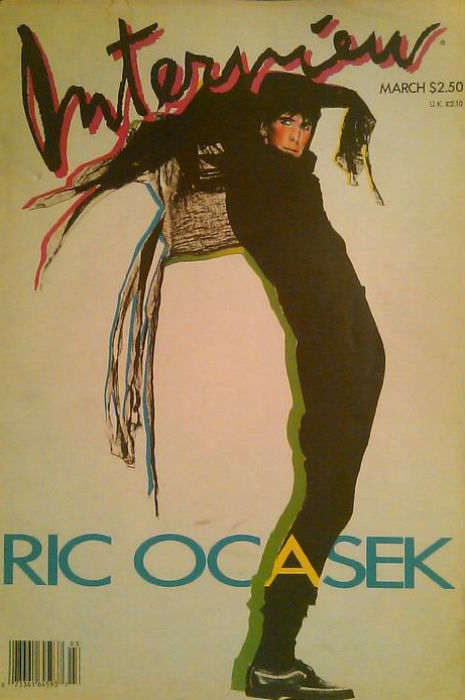
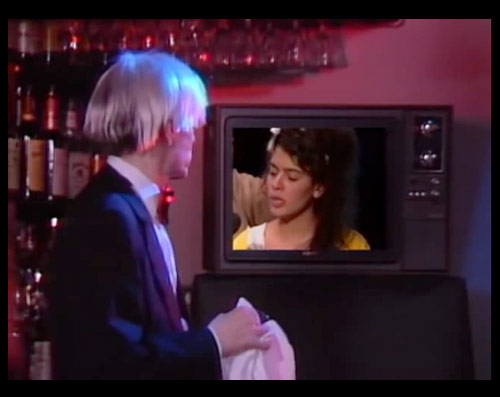
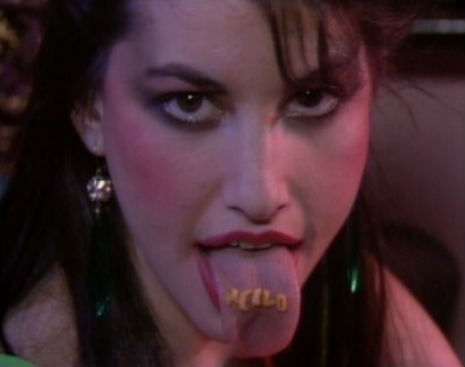

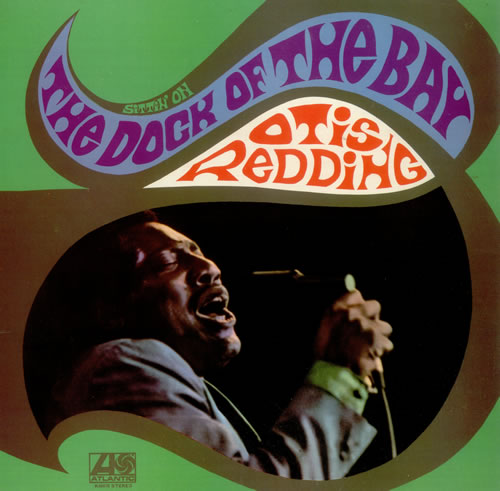


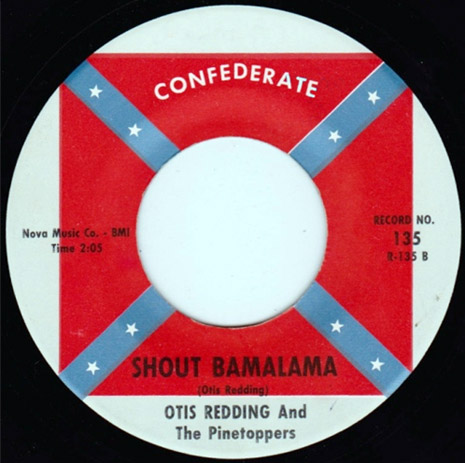

.jpg)



